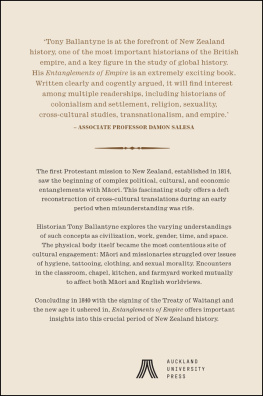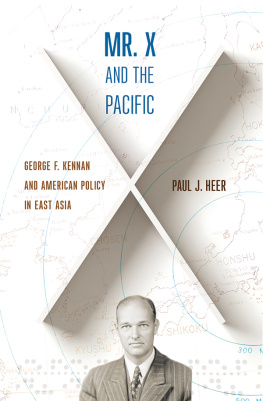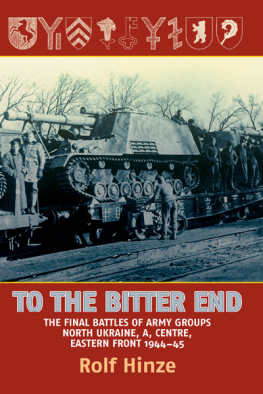Barbara Heer, born in 1982, is an anthropologist living in Basel. She holds a PhD from the University of Basel. Her work focuses on urban diversity in Southern Africa and Switzerland. She is engaged in practice and politics.
BARBARA HEER
Cities of Entanglements
Social Life in Johannesburg and Maputo
Through Ethnographic Comparison
Dissertation at the University of Basel
Published with the support of the Swiss National Science Foundation
Bibliographic information published by the Deutsche Nationalbibliothek
The Deutsche Nationalbibliothek lists this publication in the Deutsche Nationalbibliografie; detailed bibliographic data are available in the Internet at http://dnb.d-nb.de
This work is licensed under the Creative Commons Attribution 4.0 (BY) license, which means that the text may be remixed, transformed and built upon and be copied and redistributed in any medium or format even commercially, provided credit is given to the author. For details go to http://creativecommons.org/licenses/by/4.0/
Creative Commons license terms for re-use do not apply to any content (such as graphs, figures, photos, excerpts, etc.) not original to the Open Access publication and further permission may be required from the rights holder. The obligation to research and clear permission lies solely with the party re-using the material.
First published in 2019 by transcript Verlag, Bielefeld
Barbara Heer
Cover layout: Maria Arndt, Bielefeld
Cover illustration: Barbara Heer, Maputo, 2010
Proofread by Alexa Barnby, Johannesburg
Print-ISBN 978-3-8376-4797-6
PDF-ISBN 978-3-8394-4797-0
EPUB-ISBN 978-3-7328-4797-6
https://doi.org/10.14361/9783839447970
Content
Introduction
Cities of Entanglements
Navigating Belonging?
Entangled Spaces, Entangled Lives in Alexandra Township
Intimate Encounters?
Domestic Work in Home Spaces
A Politics of Loss?
The Threat of Public Housing in a Johannesburg Suburb
A Politics of Proximity?
City Building, Enclosure and Expansion in Maputo
Building Communities?
Paternalistic Bonds and Religious Spaces
Spaces of Freedom?
Shopping Together, Living Apart
Closing Remarks
Urban Entanglements as Blind Fields
Postscript: Entangled Comparers
Experiencing Cities through Comparative Ethnography
Acknowledgements
I would like to express my immense gratitude to everyone the urban dwellers of Maputo and Johannesburg who let me into their lives, research assistants, colleagues, friends and family, and, last but not least, the University of Basel and funding institutions without whom this book would not have been possible. The PhD project was funded by an initial grant from the Janggen-Phn Foundation, a three-year scholarship from the Humer Foundation for Academic Talent, a travel grant from the SwissSouth Africa Joint Research Programme, a one-year scholarship from the Forschungsfond (Funding for Excellent Young Researchers at the University of Basel), and it received funding by the Swiss National Science Foundation for open access publication.
Special thanks go to my research assistants Thabo Mopasi, Nnana Tau and Fernando Tivane. As friends, key informants and often co-researchers, they shaped this ethnography distinctively. I am also very grateful to Cristiana Cuamba, Luversan Gerard, Abigail Mujaji, Dona Alcira and many others who offered me their friendship and hosted me in Maputo and Johannesburg. In Johannesburg, Noor Nieftagodien, and in Maputo, Elsio Jossias, acted as local supervisors. I would like to express my gratitude to them and their respective institutions, the University of the Witwatersrand and the Universidade Eduardo Mondlane.
Special thanks go to my PhD supervisors Till Frster, Ulf Hannerz and Elsio Macamo. I had the pleasure of conducting my PhD in an inspiring research environment at the University of Basel, being based at the Institute of Social Anthropology and the Centre for African Studies. Many thanks go to Veit Arlt, Carole Ammann, Kerstin Bauer, Julia Bchele, Sandra Burri, Michelle Engeler, Piet van Eeuwijk, Divine Fuh, Andrea Kaiser-Grolimund, Kathrin Heitz, Andrea Kaufmann, Rita Kesselring, Lucy Koechlin, Peter Lindenmann, Filomena Mazumdar, James Merron, Brigit Obrist, Silke Oldenburg, Sophie Oldfield, Joschka Philipps, Adas Sanago, Fiona Siegenthaler, Regina Stalder and Sandra Staudacher. I also would like to express my thanks to colleagues based in other corners of the world, among them Ana Aceska, Alexa Barnby, Antondia Borges, Claudia Gastrow, Mark Lewis and Annika Teppo. Finally, many thanks go to my family, my husband Martin and my friends who supported and accompanied me in many ways during these fascinating years of doing fieldwork and writing an ethnography.
Introduction
Cities of Entanglements
Imagine yourself walking along a narrow sandy path in a neighbourhood of Maputo. Your walk takes you past unplastered brick houses surrounded by yards in which women grind corn and look after children. Thorn bushes, sheets of corrugated iron and walls of crumbling brick demarcate the boundaries of the home spaces, providing both privacy and protection. Children play in the sand and women sell fruit on little stalls (bancas). Suddenly, you are confronted with a concrete wall made of unplastered cement bricks and about two metres high. Barbed wire tells you that you should not try to trespass. Across the wall you can see the roofs of colourful villas. If there were no wall, you would see a few security guards and domestic workers sitting in the shade of a tree besides an otherwise deserted street. You might see a resident backing out of a driveway in her luxury SUV (sports utility vehicle). Hidden from sight, you can only imagine the ostentatious mansions with their carefully maintained gardens and swimming pools behind the electrified fences (see the photographs at the end of this chapter).
This particular wall is situated in the northern part of Maputo, and separates an area known as Polana Canio from another area colloquially referred to as Sommerschield II. The anthropologist Fernando Tivane, a research assistant on this project, showed me this wall at the beginning of my fieldwork in Maputo in 2010. For him, as for many other urban dwellers in Maputo, this and similar walls symbolise the stark urban inequalities and the wish of powerful urban groups not to have to see poverty and thus withdraw themselves from it. Such walls are encountered in many cities across the world, especially in the Global South. In societies with a colonial past and continuing inequality under neoliberal capitalism, walls are often built by those with more power to protect themselves and exclude less powerful groups whom they construct as urban others (Spivak 1985).
Walls are an omnipresent spatial form used across cities and villages to shape the relations of proximity and distance between those who are inside and those who should remain outside. Besides being about materiality, by physically preventing people from crossing the threshold thus created walls are also about the imaginations of urban dwellers about how people in the city live or should live together or rather apart. By building walls urban dwellers aim to shape the social worlds they live in. Building walls enables them to construct spatially and in their imagination urban lifeworlds which seem disconnected from the surrounding city. For many urban elites in African cities and elsewhere, such apparent enclaves elite neighbourhoods seemingly disconnected from their surroundings promise the illusion of residential spaces under control and emptied of the other, like the urban poor, the criminal, the racial or the national other. Sometimes this involves the desire to build road closures (see chapter 5), or resistance to public housing for the poor in their neighbourhood (see chapter 4).














